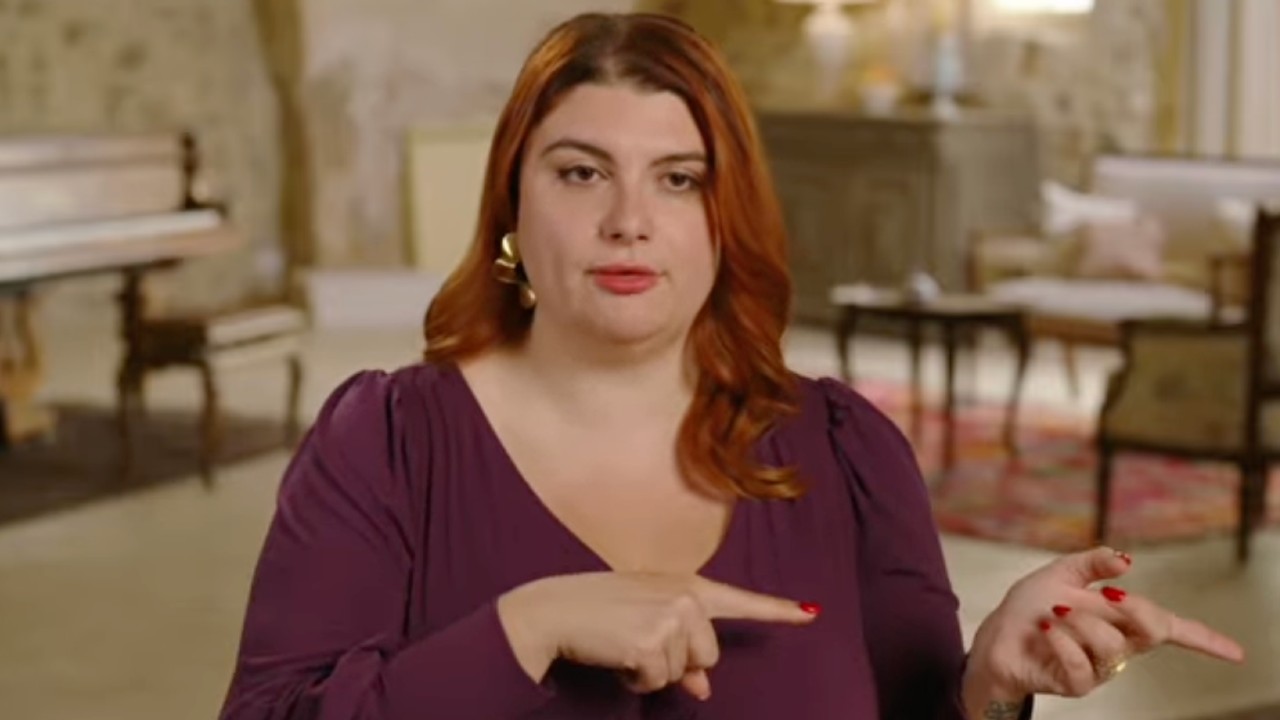No Country For Old Men: 7 Big Differences Between The Book And Movie
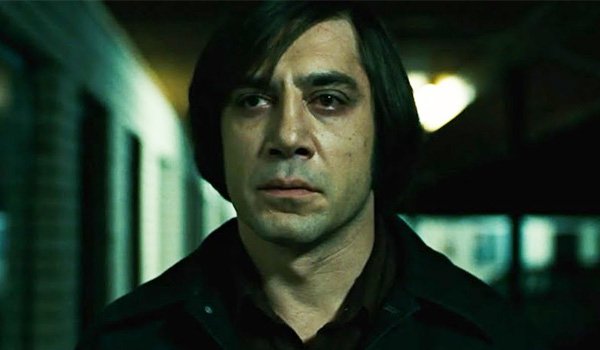
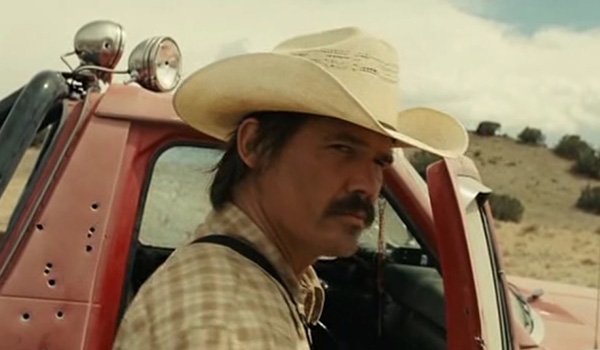
What happens when two of the most stylistically unique directors in Hollywood take on a book by one of the most stylistically unique writers in the world? The Coen Brothers’ No Country For Old Men, based on the novel by Cormac McCarthy, shows exactly what happens.
Usually when a movie is adapted from a book, due to a myriad of reason the movie version tends to leave a lot out from the book or even change significant events because the two mediums are very different (obviously). No Country For Old Men is actually somewhat of an exception to that. When the Coen Brothers took on No Country For Old Men, they changed remarkably little in their on-screen adaptation.
Beat for beat, the tone, the twists, the surprises, basically everything important to No Country For Old Men's book is faithfully conveyed in the movie, but there are some big changes that are definitely worth taking a look at. So, I have.
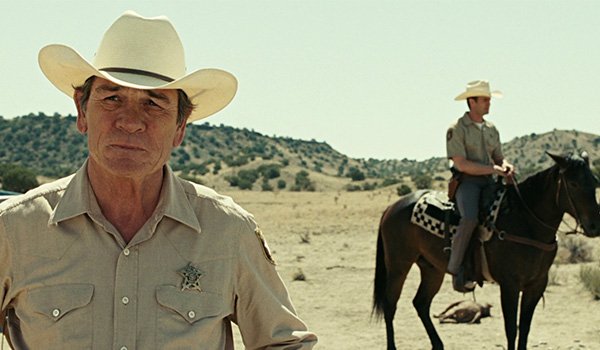
Ed Tom Bell Narrates The Entire Book
The biggest change between the movie and the book is how Tommy Lee Jones’ character, Sheriff Ed Tom Bell, presents the story. In the book, Bell is telling the story as he investigates the drug deal gone wrong in rural Texas near the Mexican-American border, all while the hunt for Llewelyn Moss (played by Josh Brolin in the film) simultaneously goes on after Moss comes across the scene of the shootout and takes the money from the dead drug runners.
The movie opens with a voiceover monologue from Bell that is taken almost word for word from the opening paragraphs of the book to introduce the story. Throughout the book, each chapter opens with a similar monologue from Bell, but the opening voiceover in the film is the only time we get this from the character in the movie.
Whenever books are translated to film, there is almost always something lost in this way. It is hard to convey the thoughts and feelings of a character without their inner dialog that is easy to do in books. On film, doing something very hacky like constant voiceover monologues and exposition too often serves as a lazy way for filmmakers to fit these kinds of thoughts in films. The Coens are definitely not lazy and it presents a great challenge to tell the No Country For Old Men story without hitting the audience over the head with constant voiceovers explaining the action. It makes for a much more rewarding movie when the story develops naturally, rather than someone reading a book on tape with pictures behind the words.
Instead of the inner-monologue in the Cormac McCarthy book, much of Bell’s thoughts are conveyed to other other characters, like his revelation about the cattle-killing tool that Chigurh is using that Bell has in a conversation with Carla Jean Moss, Llewelyn’s wife, played by the wonderful Kelly Macdonald in the movie.
Your Daily Blend of Entertainment News
In that respect, the film does exactly what it needs to do to tell the story the same way it plays out in the book, without voiceovers, while telling the same story with the same tone. The Coen Brothers nail it and the movie is infinitely better for not having to rely on simple tricks to tell the story in the easiest way.
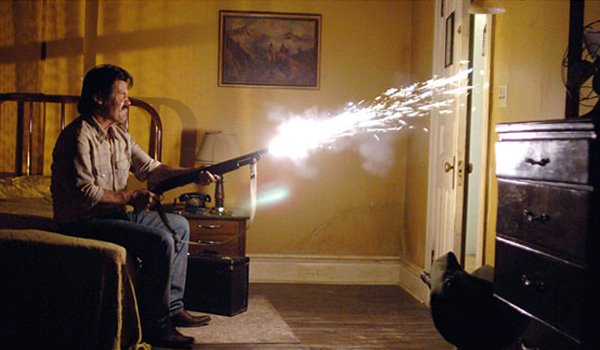
The Hotel Scene Is Changed Quite A Bit
The scene in the hotel, when Anton Chigurh, played by Javier Bardem in an Oscar-winning performance, tracks down Moss (who is, again, carrying the money he took from the dead drug runners), is changed quite a bit in the movie from the book.
In the book, Chigurh kills the hotel clerk and takes a key for the room where he knows Moss is hiding. Moss hears Chigurh coming and hides in the room and gets the jump on Chigurh when he opens the door and holds him at gunpoint while they have a short conversation. Soon though, the conversation breaks down and Moss makes a break for it and the chase scene begins.
In the movie, it plays out much differently. After killing the hotel clerk, Chigurh shoots the lock with his bolt pistol – the tool used to kill cattle that Chigurh uses to kill the man in his first scene – which sends the lock into Moss’ chest, forcing him to flee the room by jumping from a window, after taking a shot at Chigurh with his shotgun.
What follows is the chase scene that forces Moss to scramble across the border into Mexico after getting severely injured, which is also pretty much exactly how if plays out in the Cormac McCarthy novel. Moss ends up in a hospital in Mexico while Chigurh recovers in a hotel room.
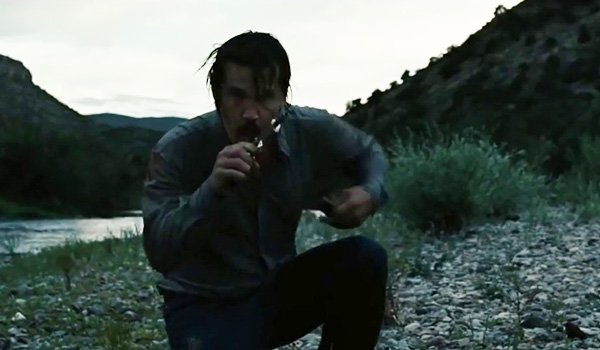
The Scene With The Dog Doesn’t Appear In The Book
In the movie, there is an entire scene that didn’t appear in the No Country For Old Men book. In the scene, Moss is chased by a dog downstream after confronting the Mexican crew chasing him when he returns to the scene of the shootout to help the wounded man in the truck.
After being chased into a stream bed, Moss finds himself safe from the Mexican gunmen, but not their dog, which chases him down the river. Unable to shoot the dog at first because his gun is wet, Moss is forced to reload. Just as the dog jumps to attack him, he gets a shot off, killing the dog and allowing him to safely escape. None of this is from the book, but it adds a tense escape scene in the movie that works perfectly to create more action.
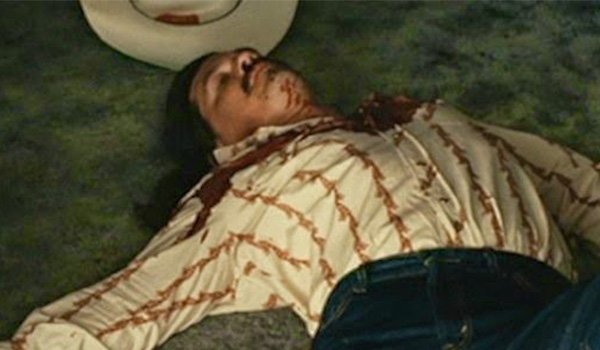
Moss’ Murder Is Presented Very Differently
In the book, Moss picks up a hitchhiker and has a conversation with her about life and gives her some money from the case before encountering the Mexicans, who take the hitchhiker hostage and them threaten to kill the woman unless Moss puts down his weapon. When he does put down his gun, they kill him anyway. In the movie, this plays out much differently.
The phone call between Carla Jean and Bell, where she tells Bell where Moss also reveals his location to the Mexican crew chasing the money, the hotel where they are supposed to meet. This leads to Moss’ final scene in the movie. Moss meets the woman at the hotel pool where he is supposed to meet his wife and she invites him to have a drink with her in her room and has a conversation with her foretelling the shootout to come.
As Bell approaches the hotel, he hears gunshots and watches a truck scramble from the parking lot of the hotel and walks up on the scene to find Moss murdered, presumably by the Mexican crew.The way the Coens' present the murder makes it much more shocking and surprising, adding a lot to the film and the consequences of Moss' actions.
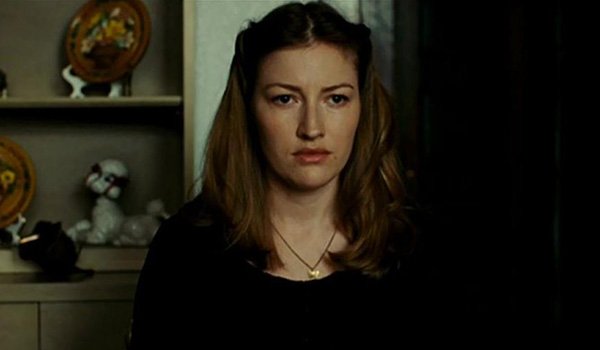
The Scene With Moss’ Wife And Chigurh Plays Out Very Differently In The Movie
Near the end of the movie Carla Jean is confronted by Chigurh in her mother’s house after she returns from her mother’s funeral. The conversation they have is similar to the book, but she appears much calmer in the movie than in the book. Plus, the coin flip and its results are very different in the book.
In both, she pleads with Chigurh to spare her life, that he doesn’t need to do what he is about to do. The major change is that in the No Country For Old Men movie, she tells Chigurh directly that she won’t make the heads or tails call when he flips the coin, like he had done in the scene earlier when he spared the life of the gas station owner. She tells him that it’s not the coin making the decision to kill, it’s Chigurh. In the movie, her death is implied, but not shown. In the book, the scene is slightly different, as she does make the call heads or tails call, but comes up on the short end and Chigurh kills her.
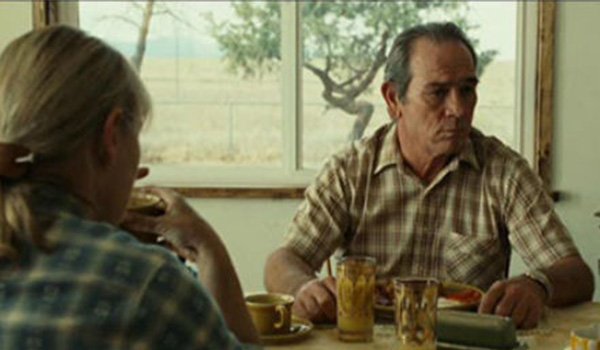
Much Of Ed Tom Bell’s Backstory Is Left Out Of The Movie
In the book, there is quite bit about Bell’s life before the events of the novel that is explained. He reveals in No Country For Old Men's novel that he is a Vietnam vet who abandoned his unit in a firefight and instead of getting in trouble, he was decorated with a Bronze Star. This event haunts everything he has done in life and he admits that it drives every motivation he has had since, to make try to make amends for his perceived transgressions in the war.
Bell also talks quite a bit about how different the modern world is from the one he grew up, people are less gentle not only in their actions -- like the brutal shootout in the desert that kicks off the story -- but also the simpler things, like being polite to one another. These thoughts are a not-so-subtle reference to the title, No Country For Old Men.
Bell's Wife Is A Much Bigger Character In The Book
The last change from the book to the movie is Bell’s wife Loretta, who is a much bigger character in the book, with the two characters often discussing the case and its place in the larger world. In the movie, she is more or less pushed to the background and used as little more than a device to help Bell tell the story, appearing in only a couple of scenes at the beginning and at the end. These are when Bell tells her about the dreams he had about his father, which Bell tells readers directly in the book. Like other times throughout the movie, the Coen Brothers present Bell's inner monologue in conversations with other characters.
On its surface, No Country For Old Men didn’t seem like the usual Coen Brothers-type of movie. A dark Western Gothic by a literary master didn’t seem like the kind of movie they would make, but the heart of the story is very Coen Brothers, without the typical farcical shenanigans of movies like Fargo and The Big Lebowski. It’s still the story of a man on the run with money that isn’t his being chased by multiple hunters with different motivations. In that respect, it’s exactly the kind of movie the Coens are great at making and just like the source material, the film No Country For Old Men is a masterpiece that didn’t need a lot of changing to tell the story on film.
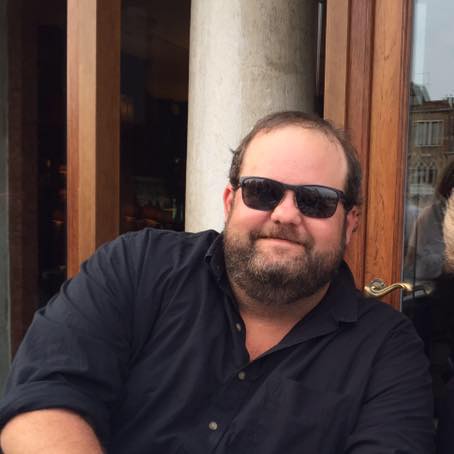
Hugh Scott is the Syndication Editor for CinemaBlend. Before CinemaBlend, he was the managing editor for Suggest.com and Gossipcop.com, covering celebrity news and debunking false gossip. He has been in the publishing industry for almost two decades, covering pop culture – movies and TV shows, especially – with a keen interest and love for Gen X culture, the older influences on it, and what it has since inspired. He graduated from Boston University with a degree in Political Science but cured himself of the desire to be a politician almost immediately after graduation.
